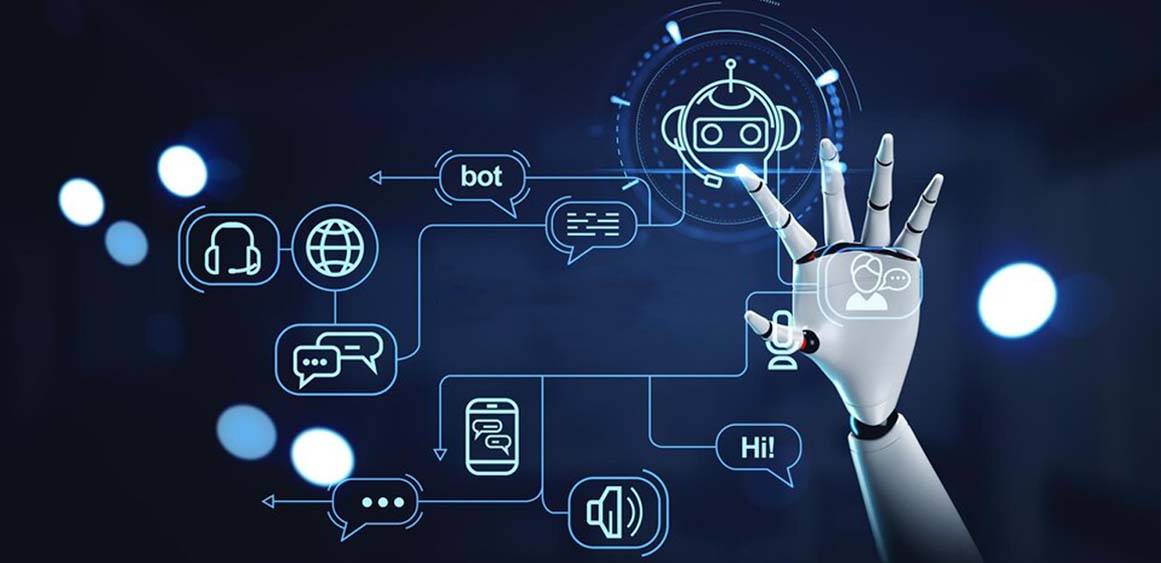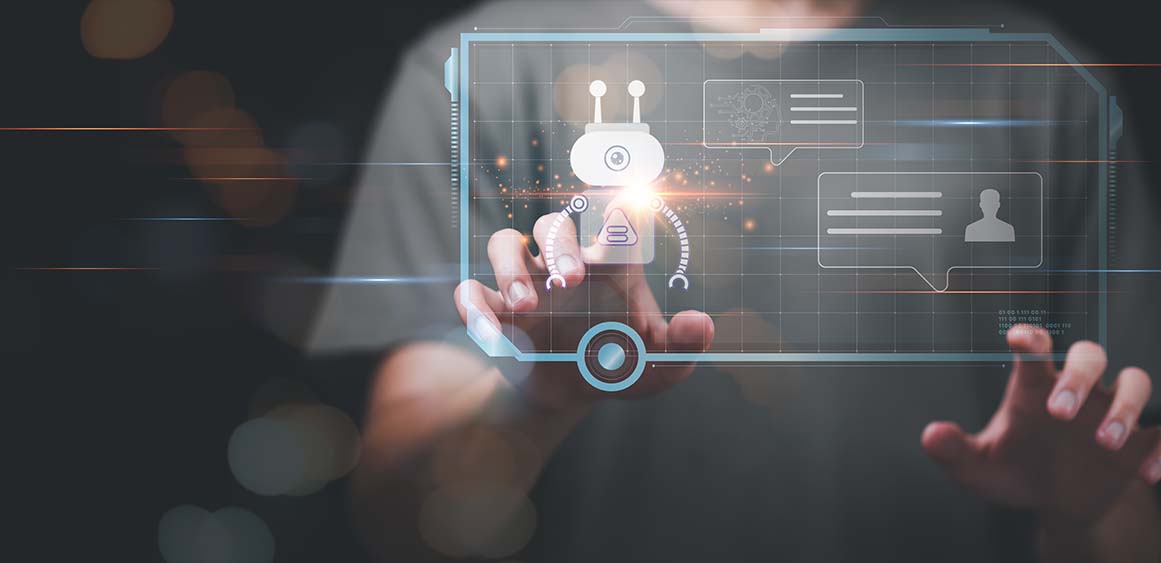Introduction
User Experience (UX) and User Interface (UI) design have evolved significantly over the years, driven by technological advancements. In recent times, Artificial Intelligence (AI) and Machine Learning (ML) have emerged as powerful tools, transforming the way designers create and users interact with digital interfaces. Let’s explore how AI and ML are unlocking the potential for game-changing UX/UI design.
The Role of AI and ML in UX/UI

1. Personalization at Scale
AI and ML algorithms can analyze user data and behavior to deliver personalized content and experiences. This personalization not only enhances user engagement but also boosts conversion rates. For example, e-commerce websites use AI to recommend products based on users’ past purchases and browsing history, creating a tailored shopping experience.
2. Predictive Analysis
AI can predict user behavior, helping designers create more intuitive interfaces. For instance, chatbots can predict user questions and provide relevant responses, making interactions smoother. Predictive analysis also aids in error prevention and enhances usability.
3. Automated Testing
AI-driven tools can automate the testing of UX/UI designs, identifying potential issues early in the design process. This leads to faster development cycles and higher-quality products. It ensures that the final design is robust, user-friendly, and bug-free.
Game-Changing Applications

1. Voice Assistants
Voice-controlled AI, like Amazon’s Alexa or Google Assistant, has redefined UX/UI in smart devices. Users can interact with these devices naturally, making them an integral part of daily life. Designing for voice interfaces requires a deep understanding of natural language processing and user context.
2. Chatbots and Virtual Assistants
Chatbots and virtual assistants powered by AI provide real-time assistance, streamline customer support, and improve the overall user experience. They can answer queries, resolve issues, and guide users through processes, enhancing the ease of interaction.
3. Content Recommendation
Content platforms such as Netflix and Spotify rely on AI-driven recommendation systems. These systems analyze user preferences and behaviors to suggest movies, music, or articles tailored to individual tastes. This not only keeps users engaged but also drives content consumption.
Challenges and Considerations
While AI and ML offer immense potential, there are challenges and considerations when integrating them into UX/UI design:
1. Data Privacy
Collecting and using user data for personalization must be done with utmost care to ensure data privacy and security. Transparency and consent are critical elements.
2. Ethical Concerns
AI can inadvertently introduce biases or unethical behavior. Designers must be vigilant in preventing these issues and ensuring fairness in AI-driven decisions.
3. User Adoption
User acceptance of AI-driven interfaces can be a challenge. Designers should focus on making these interfaces user-friendly and ensuring users understand their benefits.
The Future of AI and ML in UX/UI Design

As AI and ML continue to advance, the future of UX/UI design holds even more exciting possibilities. Here are some trends and potential developments to look forward to:
1. Hyper-Personalization
AI algorithms will become more sophisticated, enabling hyper-personalization. User interfaces will adapt not only to users’ preferences but also to their emotions, context, and even biometric data. This level of personalization will result in more engaging and relevant user experiences.
2. Augmented Reality (AR) and Virtual Reality (VR)
AI and ML will play a vital role in AR and VR experiences. These technologies will provide dynamic and interactive environments, enhancing immersion and making UX/UI design more challenging and creative.
3. AI-Generated Content
AI-generated content, including text, images, and videos, is already in use. In the future, designers will collaborate with AI to create content that is not only data-driven but also emotionally resonant.
4. Accessibility and Inclusivity
AI and ML can help improve accessibility by automatically generating alt text for images, offering voice interfaces for people with disabilities, and enhancing the overall user experience for a wider audience.
5. A/B Testing and Optimization
AI-driven A/B testing will become more sophisticated, enabling real-time optimization of user interfaces. This will allow designers to fine-tune designs for better user engagement and conversion rates continuously.
6. Human-AI Collaboration
The future will involve a closer collaboration between designers and AI tools. Designers will work alongside AI systems to prototype, analyze, and iterate on designs, making the process more efficient and creative.
Designing for AI and ML
To harness the power of AI and ML for game-changing UX/UI design, designers should consider the following best practices:
1. Learn AI Fundamentals
Designers should have a basic understanding of AI and ML principles to effectively collaborate with AI developers and engineers.
2. Ethical Considerations
Ethical design is crucial. Designers should actively work to minimize biases, protect user privacy, and ensure transparency.
3. Continuous Learning
AI and ML technologies are rapidly evolving. Designers should stay updated on the latest developments to apply them effectively in their work.
In conclusion, AI and ML are revolutionizing UX/UI design, offering exciting opportunities for creating more personalized, interactive, and engaging user experiences. As technology continues to advance, designers who embrace these tools and stay ethical and user-focused will be at the forefront of creating the game-changing designs of tomorrow. The future of UX/UI design is not just human-centered; it’s a harmonious blend of human and AI creativity and intelligence. Embrace this future, and you’ll be poised for success in the ever-evolving digital landscape.
Examples of game-changing UX/UI designs powered by AI and ML
Netflix’s recommendation engine:
Netflix uses a sophisticated AI-powered recommendation engine to suggest movies and TV shows that users are likely to enjoy. This engine is based on a vast amount of data about user behavior, such as what they have watched in the past, what they have rated, and what they have searched for.
Amazon’s Alexa:
Amazon’s Alexa is a voice-activated assistant that can be used to control a variety of devices and services. Alexa uses ML to understand natural language, so users can speak to it in a natural way.
Google’s Search:
Google’s Search engine uses a variety of AI techniques to deliver relevant results to users. These techniques include natural language processing, machine learning, and artificial intelligence.
Conclusion
As AI and ML continue to develop, we can expect to see even more innovative and game-changing UX/UI designs emerge. These designs have the potential to make our digital experiences more seamless, enjoyable, and productive.



